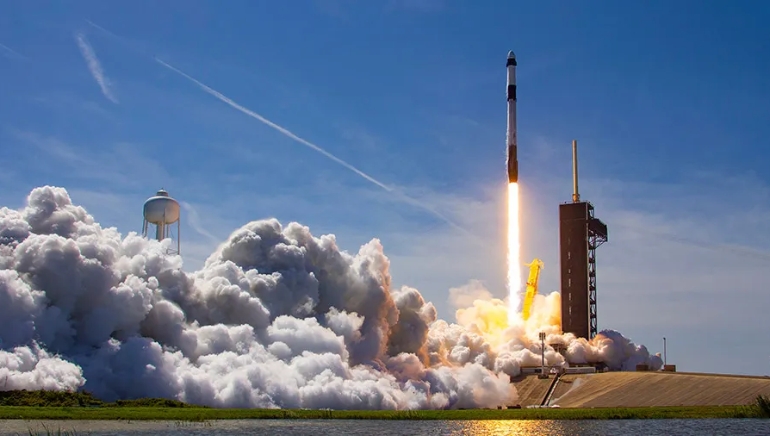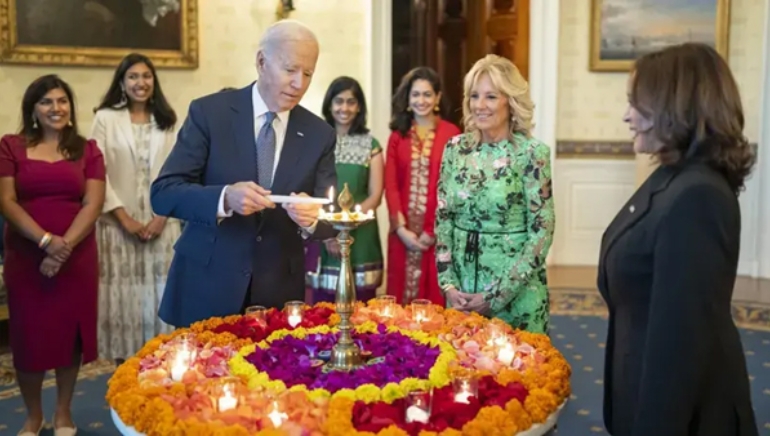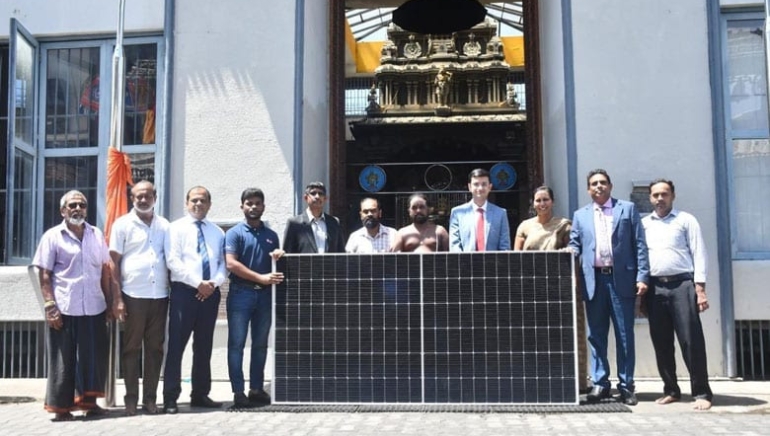Following Donald Trump’s stunning victory against Kamala Harris in the US presidential election, world leaders rushed to congratulate him, expressing hope for renewed collaboration and global stability.
Mao Ning, China’s foreign ministry spokesperson, emphasised the country’s continuous commitment to “mutual respect” while dealing with US-China ties. Russia’s response, however, was cautious, with Kremlin spokesperson Dmitry Peskov stating that future relations will be dependent on Trump’s “concrete actions.”
Israeli PM Benjamin Netanyahu praised Trump’s “historic comeback,” describing it as a recommitment to the US-Israel connection. In contrast, Hamas has asked Trump to reassess America’s support for Israel, which it sees as detrimental to regional stability.
Ukraine’s President, Volodymyr Zelensky, expressed hope that Trump’s leadership will foster peace. NATO Chief Mark Rutte also hailed Trump’s return, seeing it as a sign of the alliance’s strength.
EU Chief Ursula von der Leyen and British PM Keir Starmer emphasised a strong transatlantic agenda and long-term UK-US ties. Leaders from France, Germany, Japan, and Turkey expressed their desire for prosperity, security, and deeper ties.
Other leaders, including those from Egypt, India, and South Korea, emphasised the possibilities for partnership on global issues ranging from security to economic growth, reflecting widespread expectations for stronger US engagement on the world stage.
























